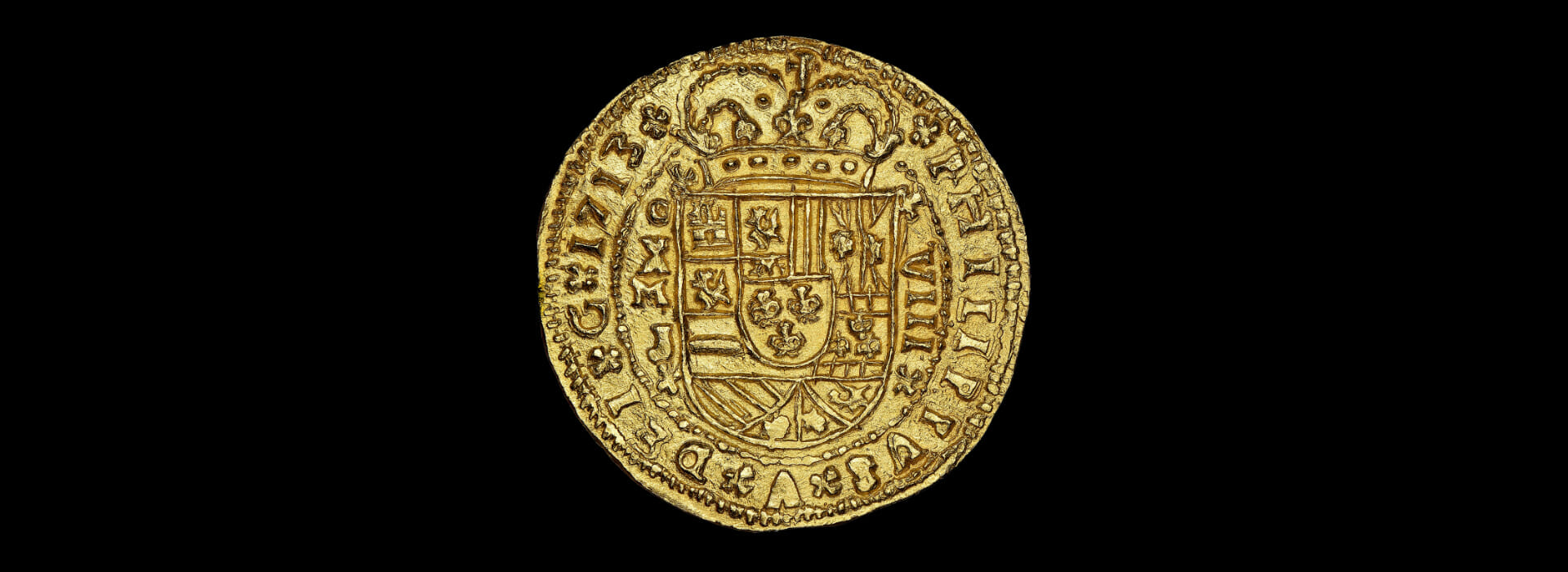November’s featured treasure is one of the rarest and coveted items ever recovered from the wreck sites of the 1715 Fleet—a gold Royal. Specifically, in this case, a 1713 eight escudos Royal from the Spanish colonial mint at Mexico City.
So what makes this coin so desirable? Well, first and foremost, is its beauty. Nearly perfectly round and remarkably well struck, this coin is unlike the thousands of crude, hand-made coins that were representative of the Spanish colonial mints of that era. Unlike those coins, this specimen exhibits craftsmanship that is so strikingly beautiful that it is deservedly called a “Royal.” (NOTE: The term “Royal” is not a name given to these coins by their Spanish creators. The Spanish sometimes referred to them as galanos, which loosely translated means “splendids”. It was the Real 8 salvors, who originally found the coins, who decided to call them “Imperials” or “Royals.” )
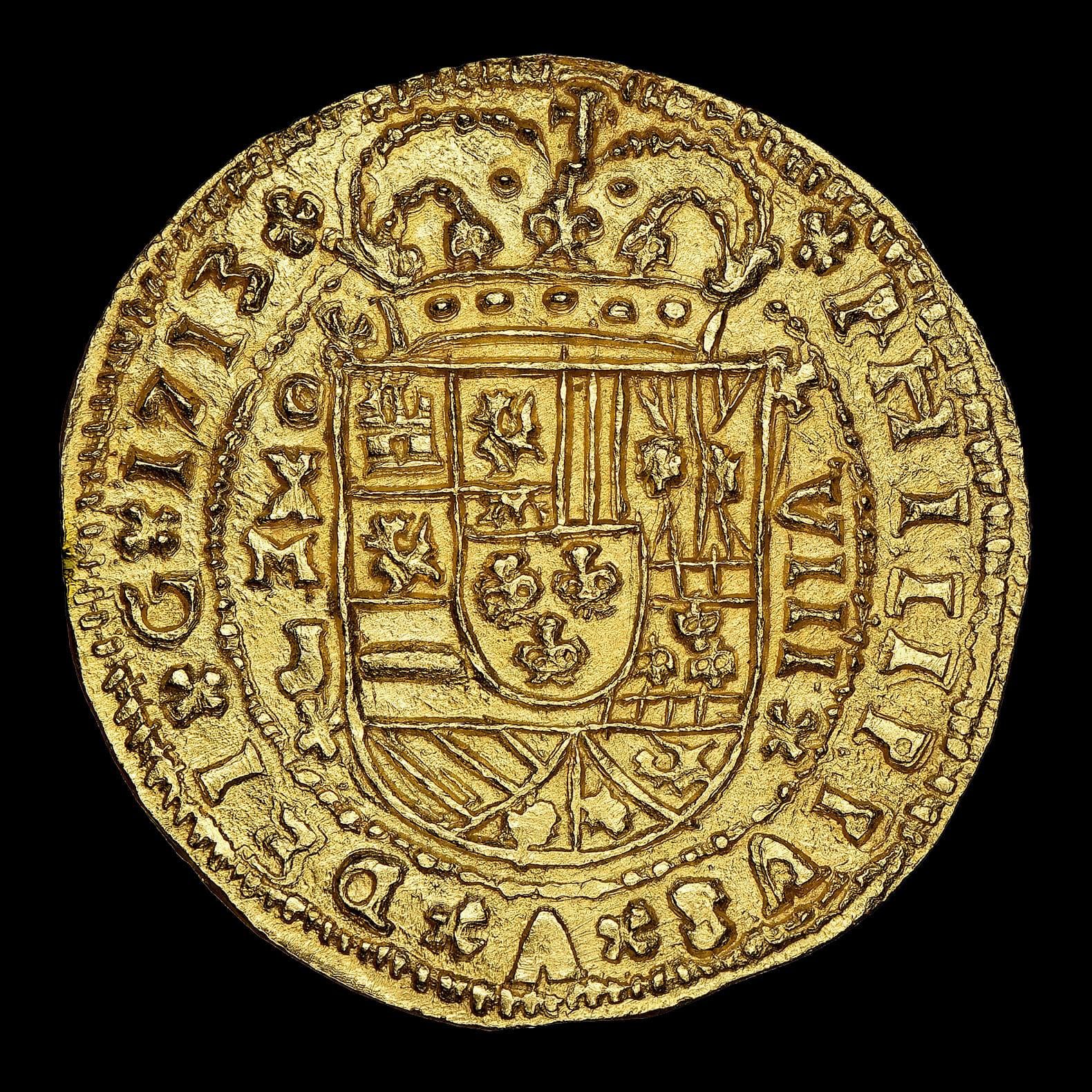
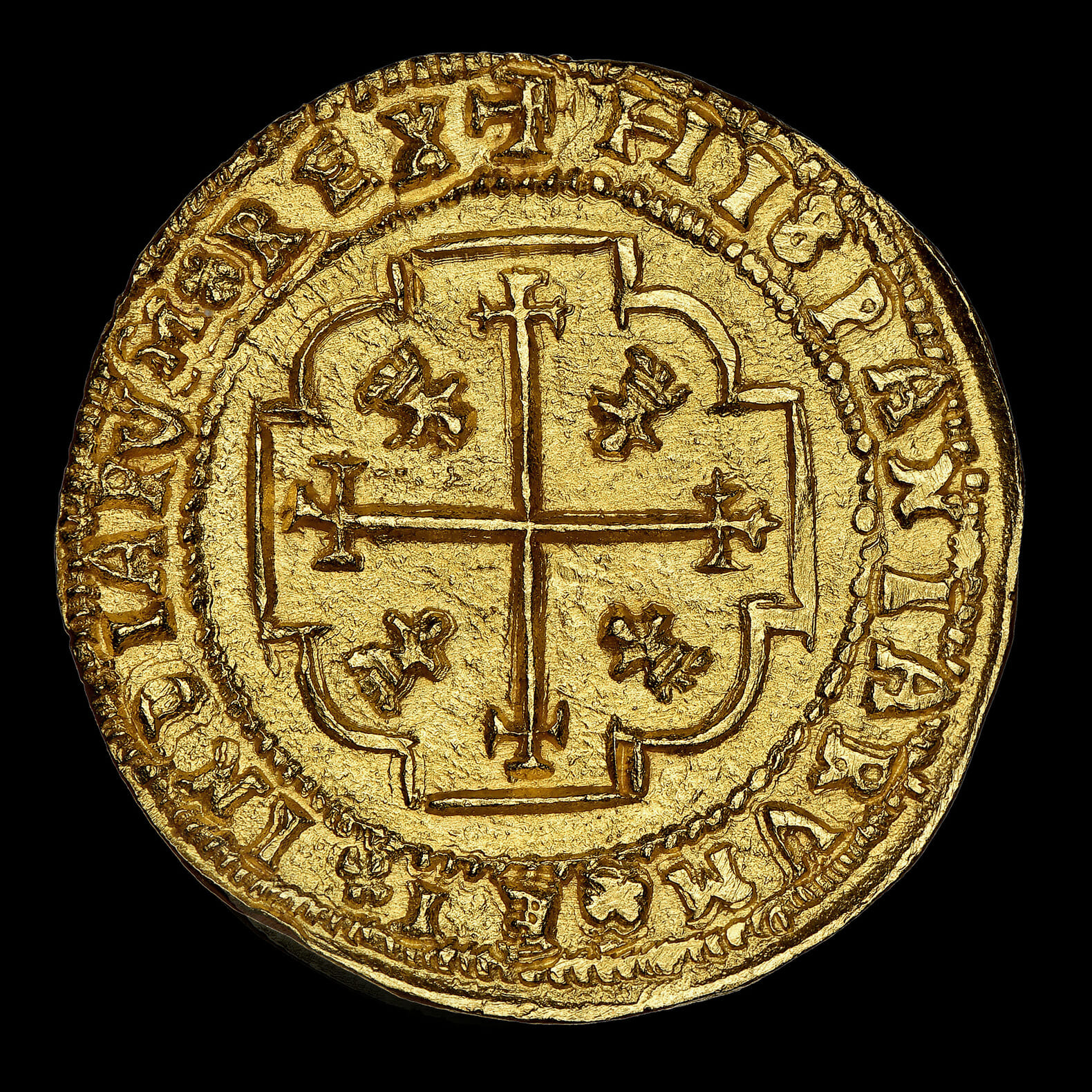
Our 1713 Royal holds the distinction of being the last recorded Mexico 8 escudos Royal found before the great tricentennial finds of 2015 (see August 2015 Treasure of the month and September 2015 Treasure of the month), which included 10 Royals of the Mexico 8 escudos variety. But what is the story of our featured Royal? To find out, we must go back to August 1998.
Greg Bounds was in his first summer as captain of the 42-foot AMF Hatteras vessel, Bookmaker. The Bookmaker was previously used as a survey vessel and from a seaworthy point of view was not in great shape when acquired.
Much time was spent by its crew getting it salvage-ready. Bookmaker was brought up from Key West in June of 1998. Greg was working out of Fort Pierce when he received a tip that coins were being found in several spots near Corrigan’s wreck site at Vero Beach. He then decided to make the trip to Vero Beach along with his two-man crew, Clyde Kuntz and Ryan Andre, both men new to the vessel and the 1715 Fleet.
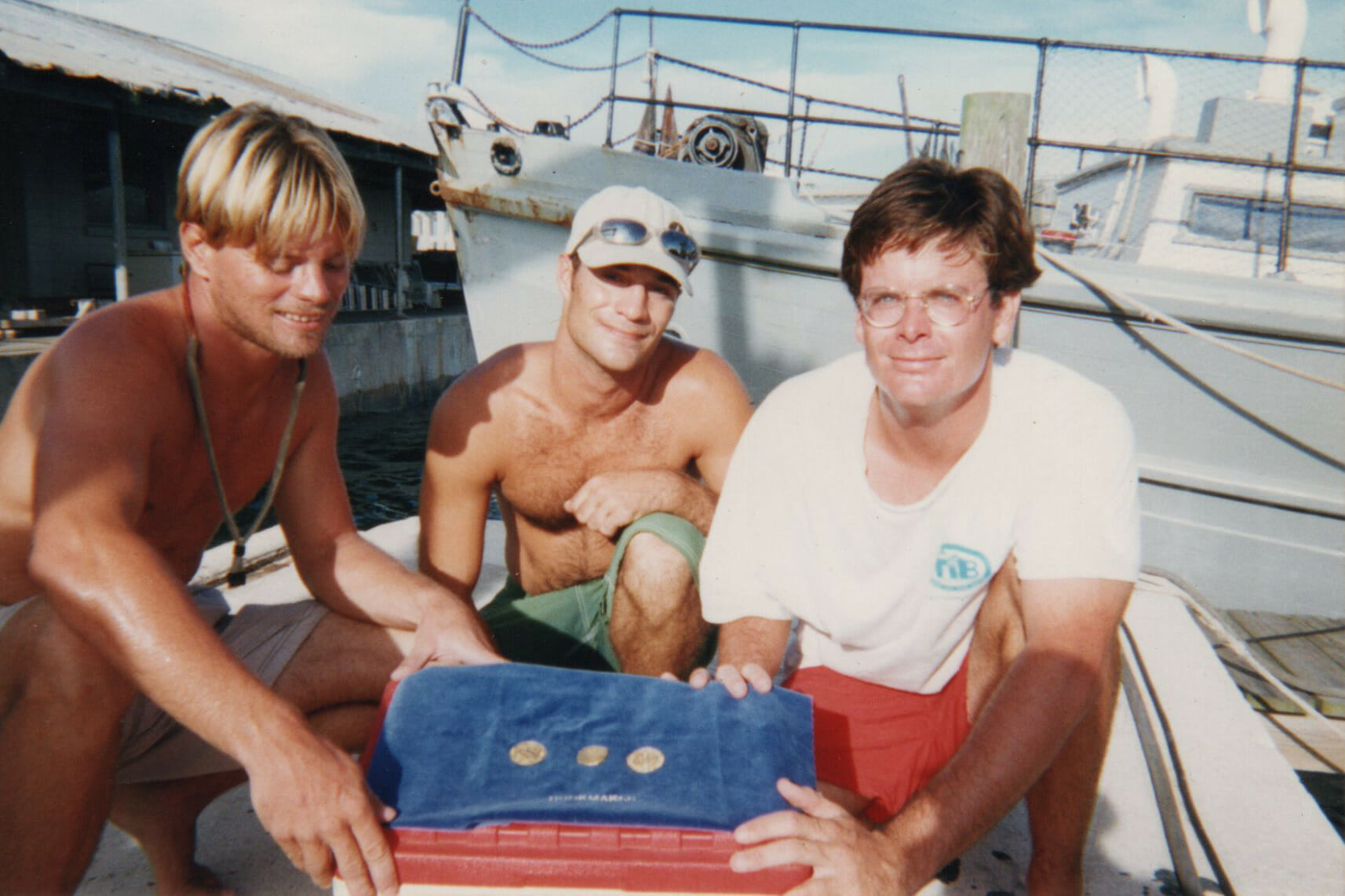
It took a couple of hours to get to Corrigan’s from Fort Pierce traveling 8 ½ – 9 knots. When they arrived at Corrigan’s it was a beautiful day with clear water. Greg picked a spot near where he was told that coins had been found previously. The boat was in about 9 to 10 feet of water. Greg positioned the Bookmaker in a trail line following the location of the previous finds. A buoy was used to mark the spot where he wanted the crew to dive. The bowline and the anchor were set, but for some unknown reason, the vessel took on a mind of its own and started drifting. The anchor was bobbing along the bottom until it caught on something and suddenly the boat gave a hard jar and stopped drifting. Greg Bounds described it this way: “It was almost mystical. The boat moved on its own from where we were originally anchored and drifted, then suddenly stopped right above this site, far away from our marking buoy.”
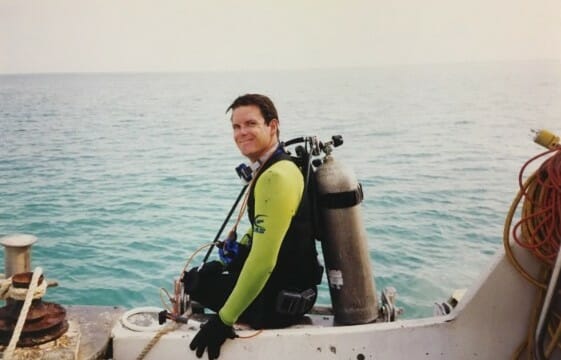
Clyde Kuntz was the first one in the water. He described the landscape as follows: “Greg dug a hole. The bottom was like a concrete highway. No sand. Just bedrock.” After the third hole Clyde came upon an unusual site: “Off to my left there was a rock protruding from the ocean floor. It stood vertical, almost like a small tombstone. I went over to check it out. The rock was rectangular, about 18″ x 30″. It was wedged into a crevice in the bedrock. When I pulled the rock out of the crevice a tiny bit of sand remained in the space.
In that little pile of sand, half exposed was a gold coin. The sunlight, as it came through the water, shown off of the coin in a brilliant display. I then saw how beautiful it was.” This turned out to be a Mexico 8 escudos Royal dated 1698.
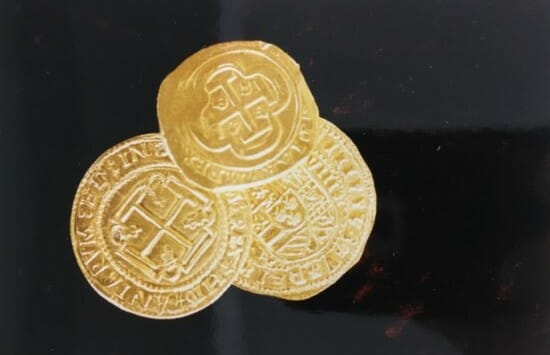
Determined not to be “one and done” the team continued searching the area. A few minutes later, Clyde came upon a coin. Incredibly, a second Royal, this one dated 1713, which is our featured coin. Ironically, these two coins were the very first coins Clyde found searching the wrecks of the 1715 Fleet.
Not to be outdone, Greg Bounds did manage to find gold that day as well. He recovered a beautiful fully dated 1714 Mexico 8 escudos. Although not a Royal, his find nevertheless was of considerable value.
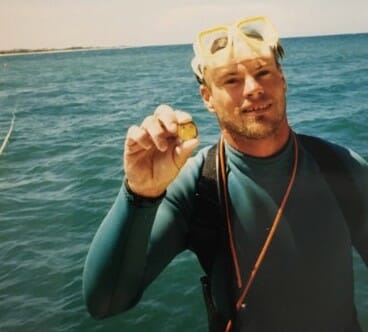
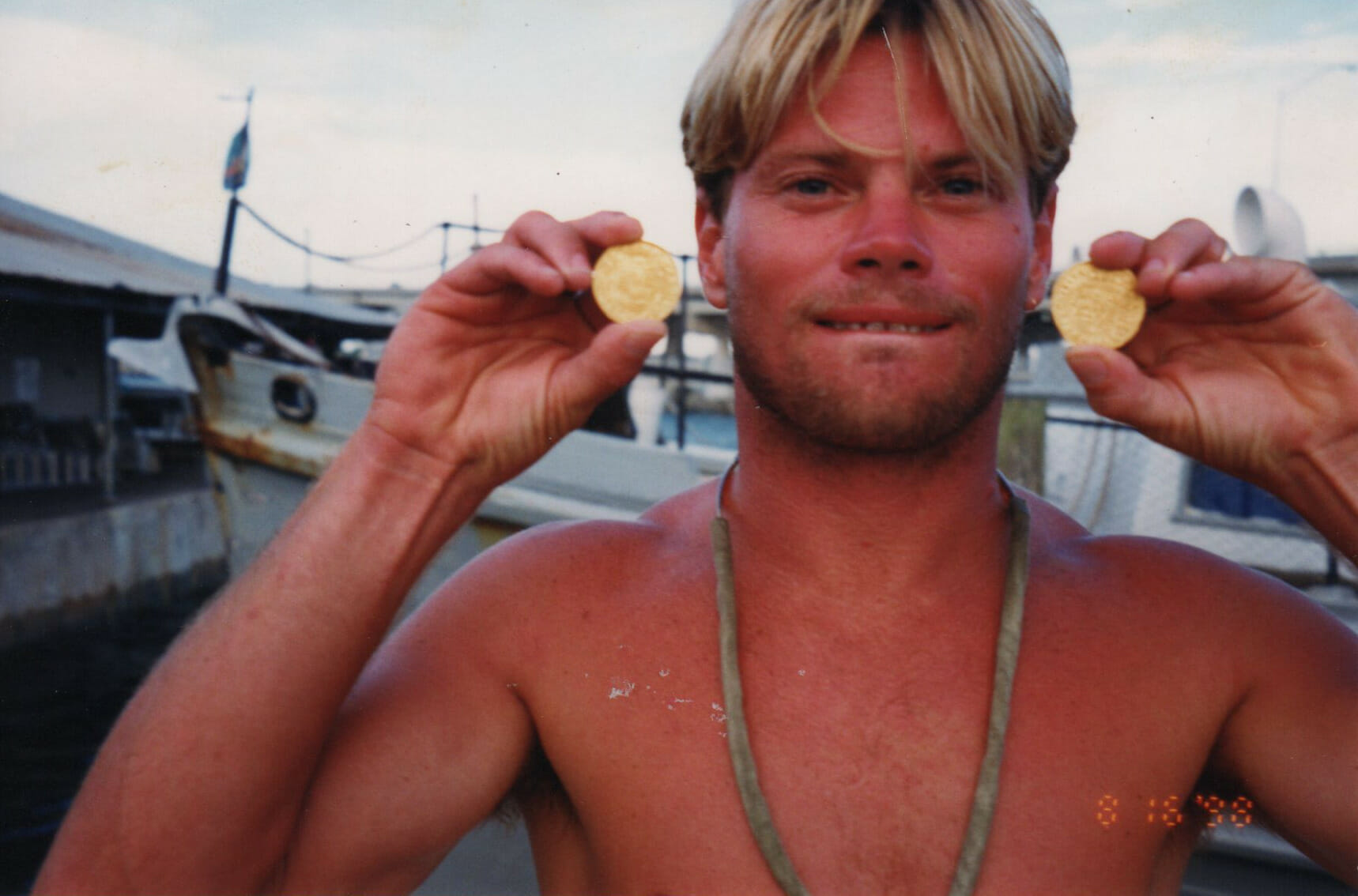
As it happens, our featured coin, the 1713 Mexican galano, is scheduled to make its first-ever auction appearance in a few weeks: https://auction.sedwickcoins.com/Mexico-City-Mexico-cob-8-escudos-Royal-galano-1713J-extremely-rare-NGC-MS-66-finest-ex-1715-Fleet_i38816790. An extensive numismatic discussion accompanies the auction lot, which we won’t duplicate here. It is curious that the purpose of the gold galanos, struck only at the Mexico City mint, is still unknown. The label “royal” suggests a purpose that is largely discredited by current scholarship. That leaves us quite in the dark about why our gorgeous 1713 was struck and why it took passage on the 1715 Fleet.
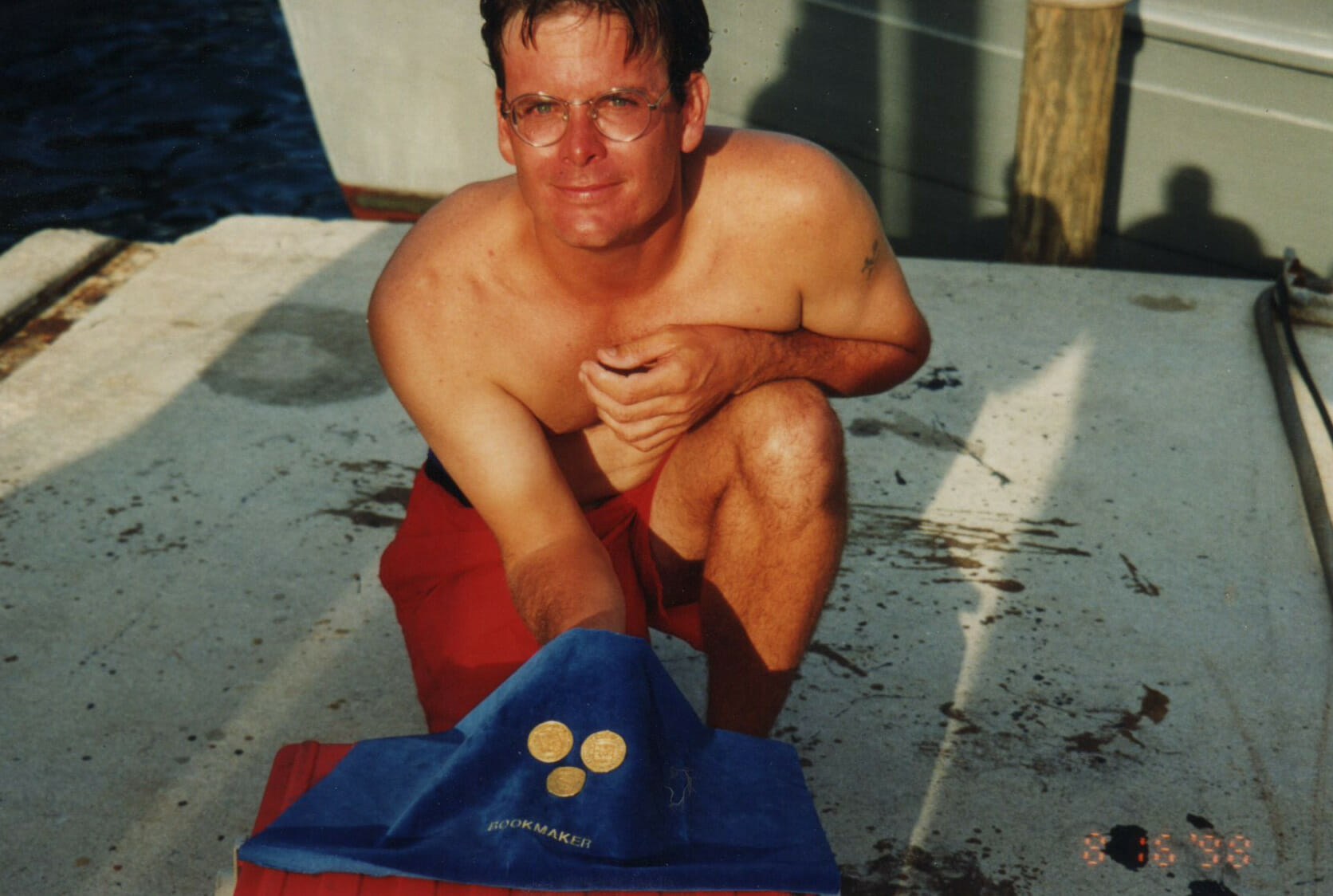
The Fleet Society would like to thank Greg Bounds and Clyde Kuntz for providing the images and historical information that was used in this Treasure of the Month. Also, many thanks to the Mel Fisher Center for the pictures of the obverse and reverse of the 1713 Royal and the 3-coin display image.
